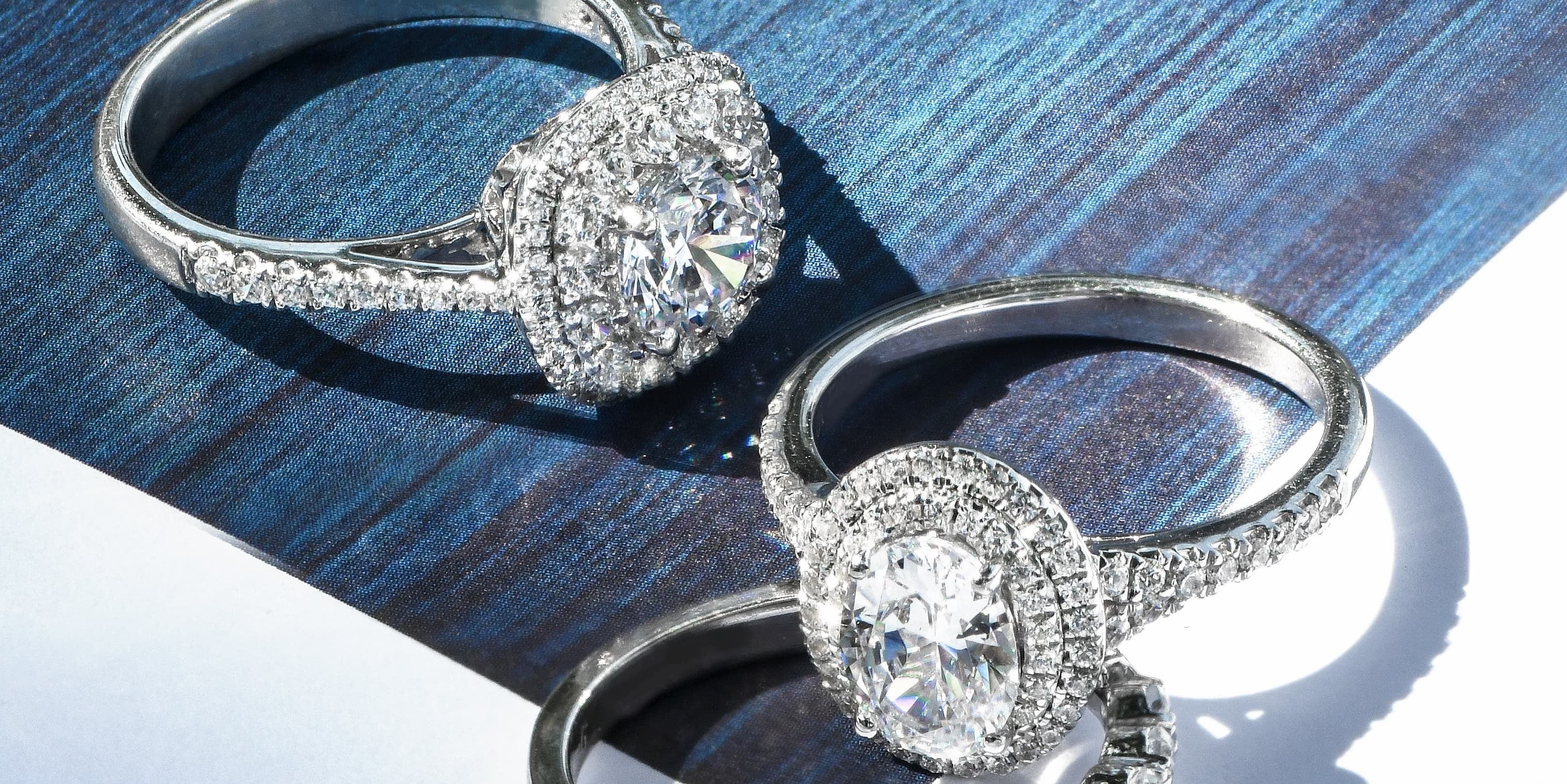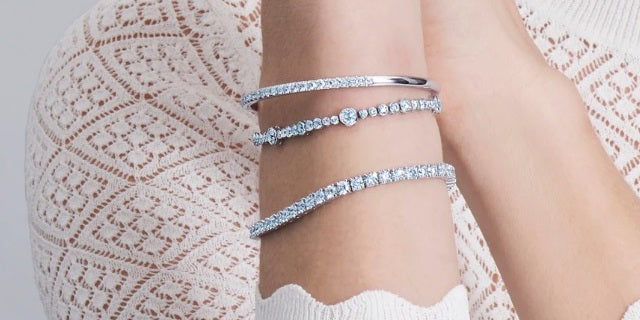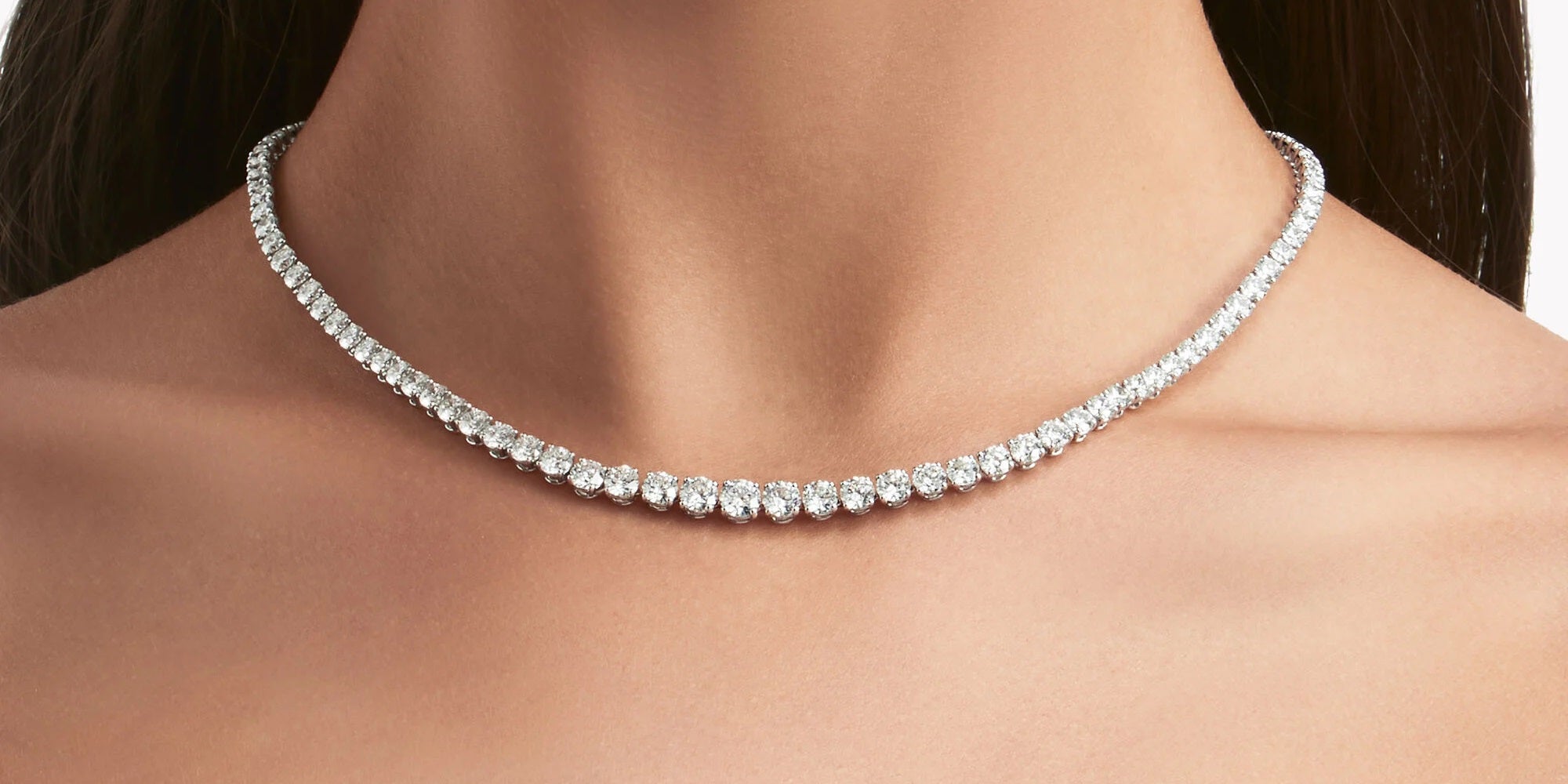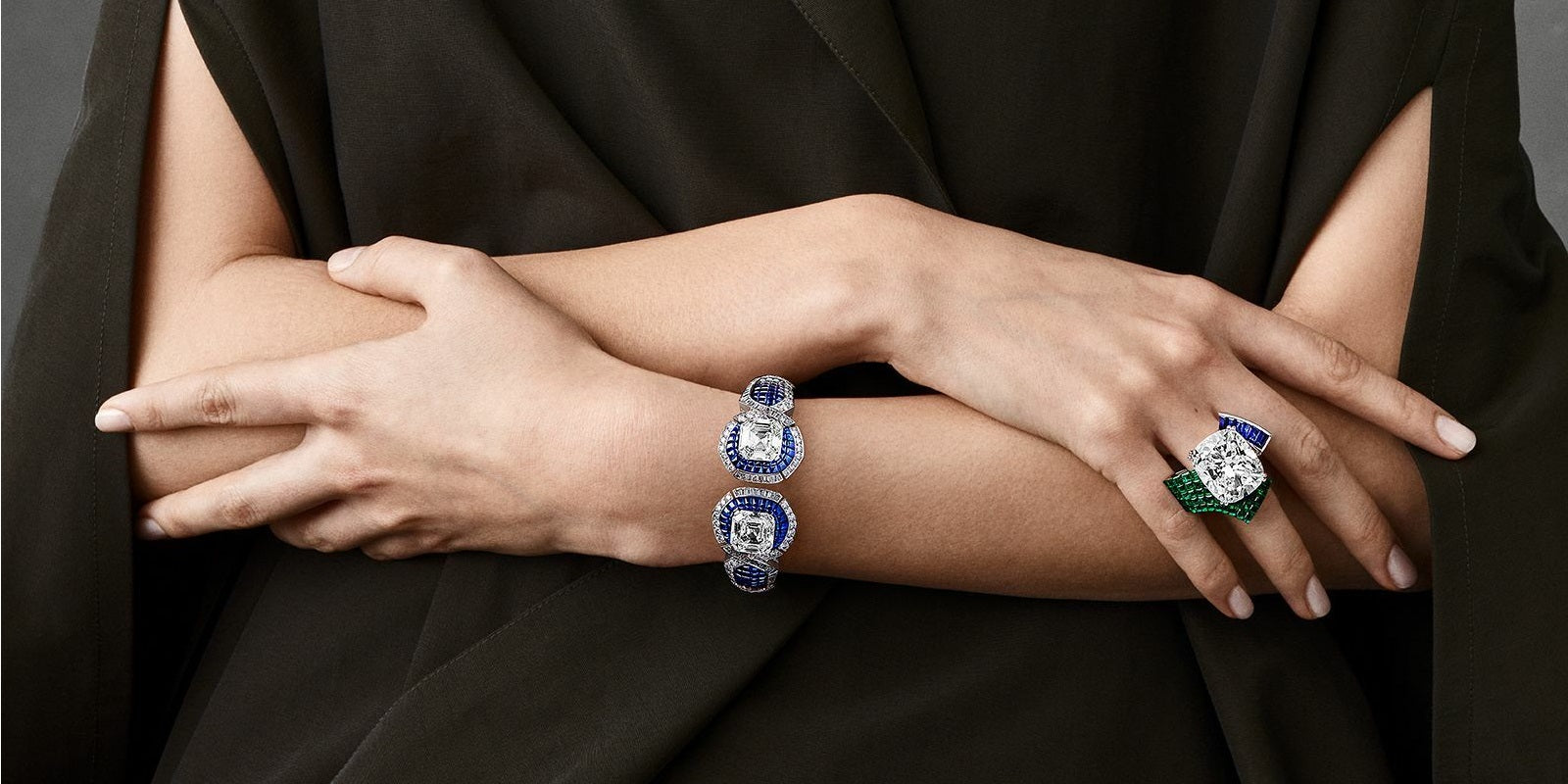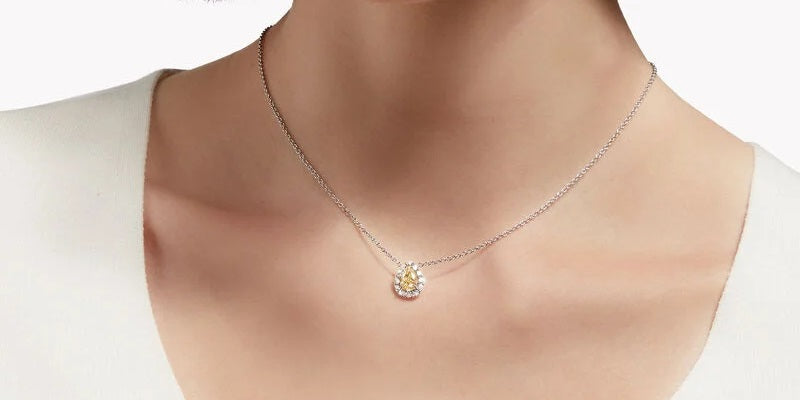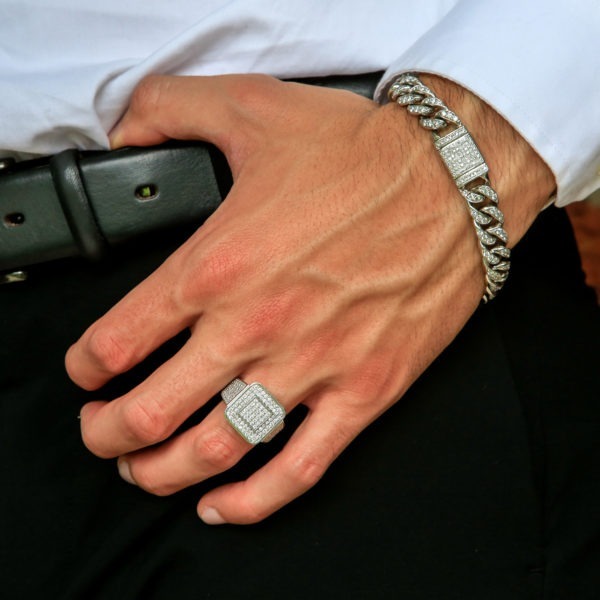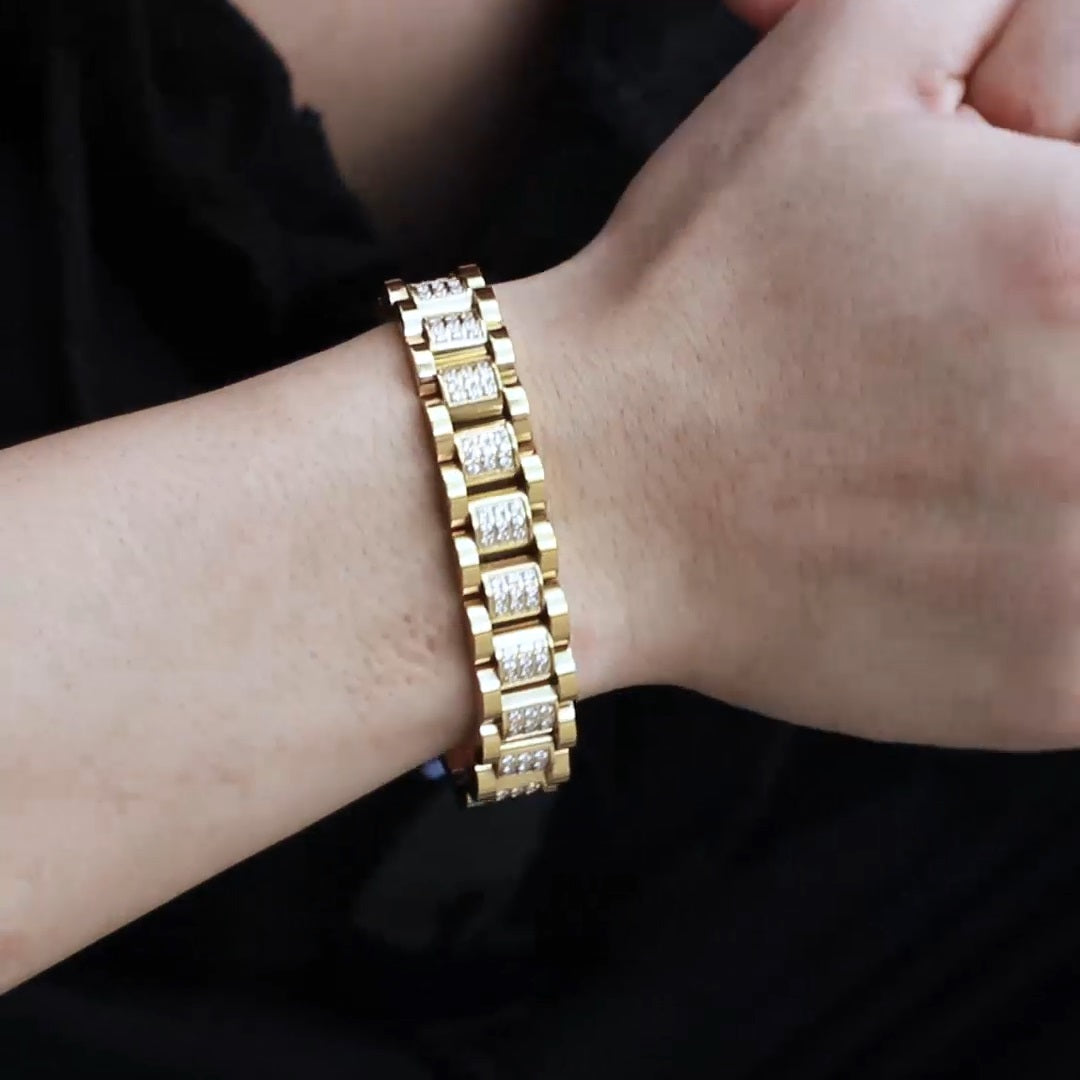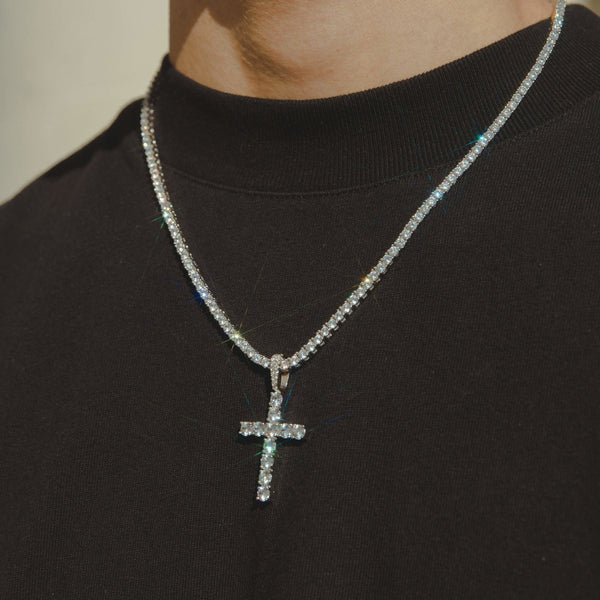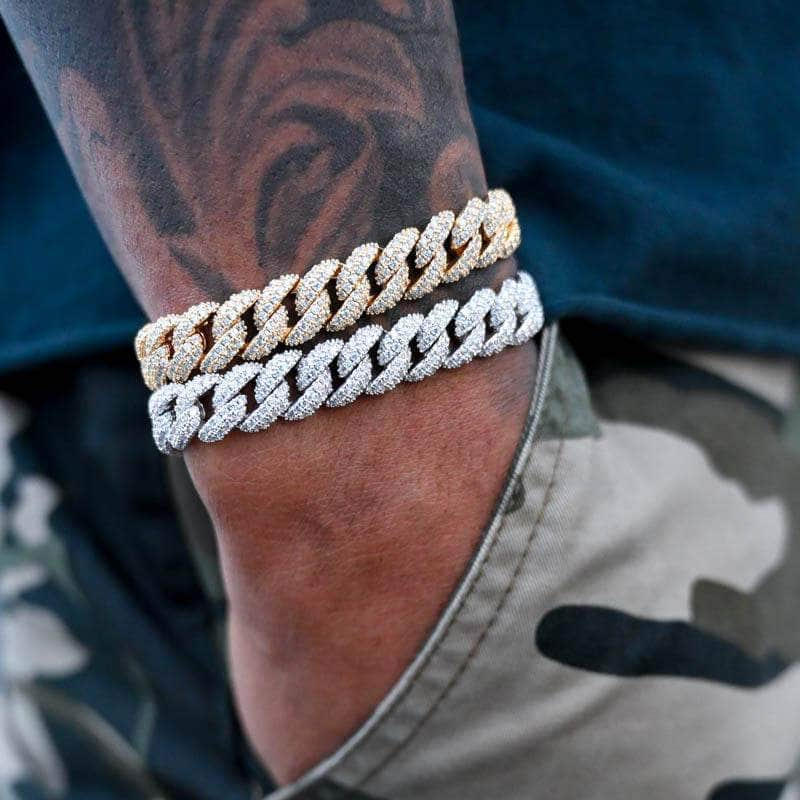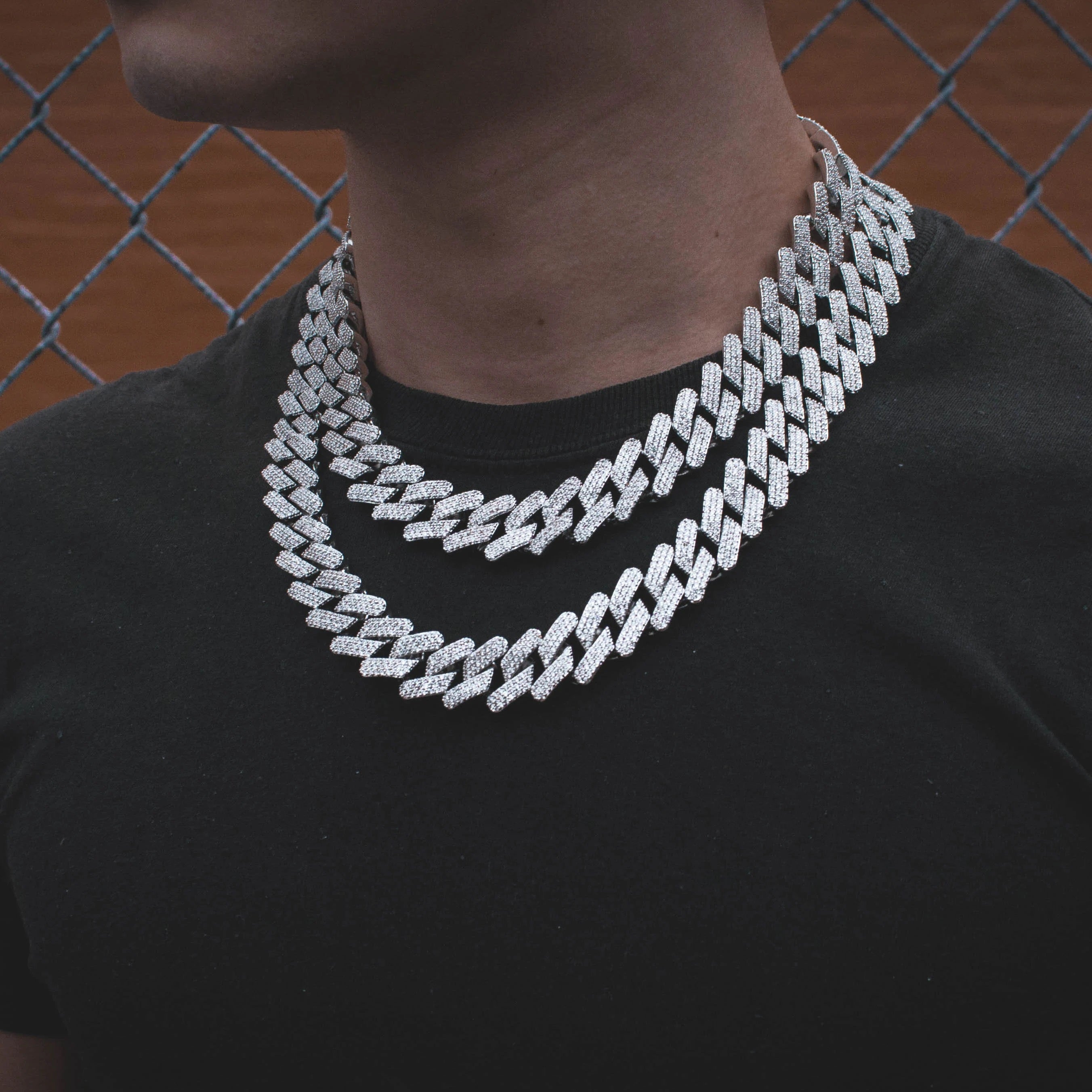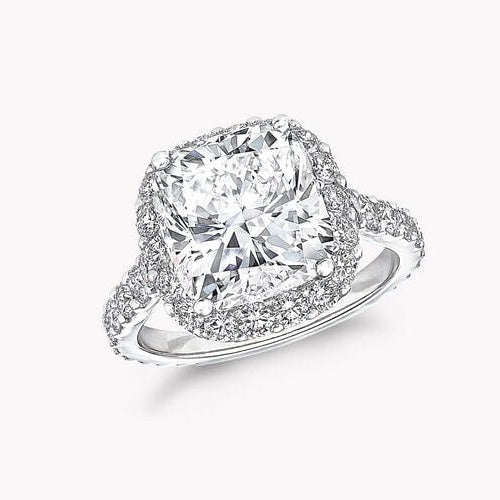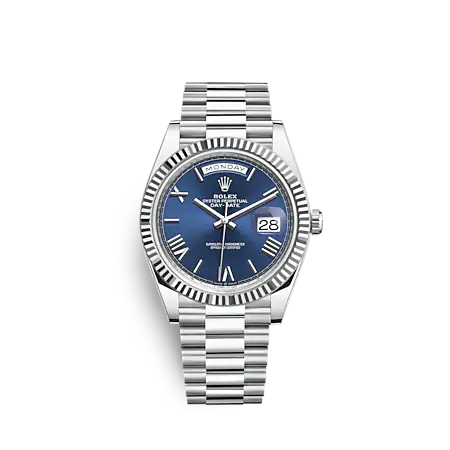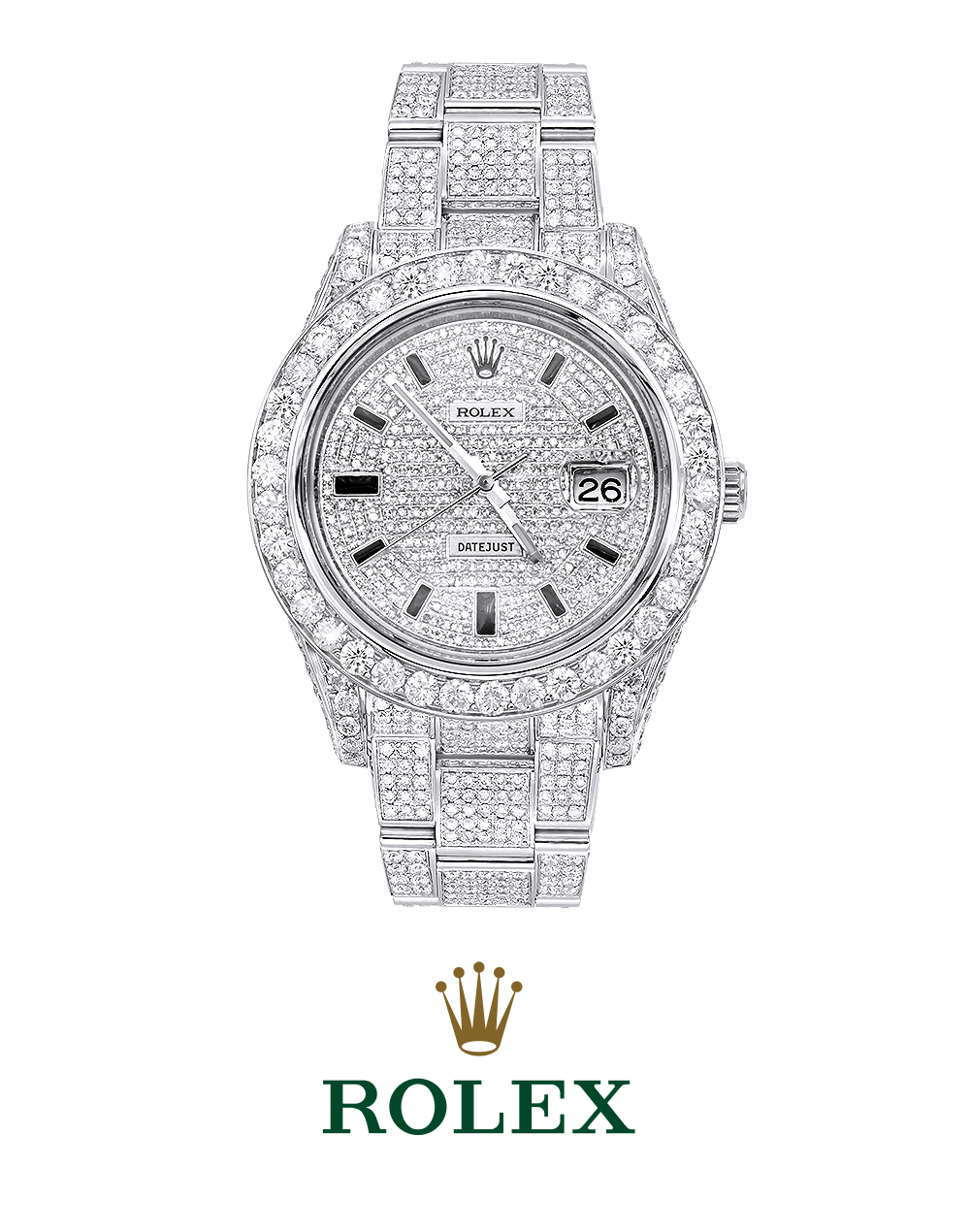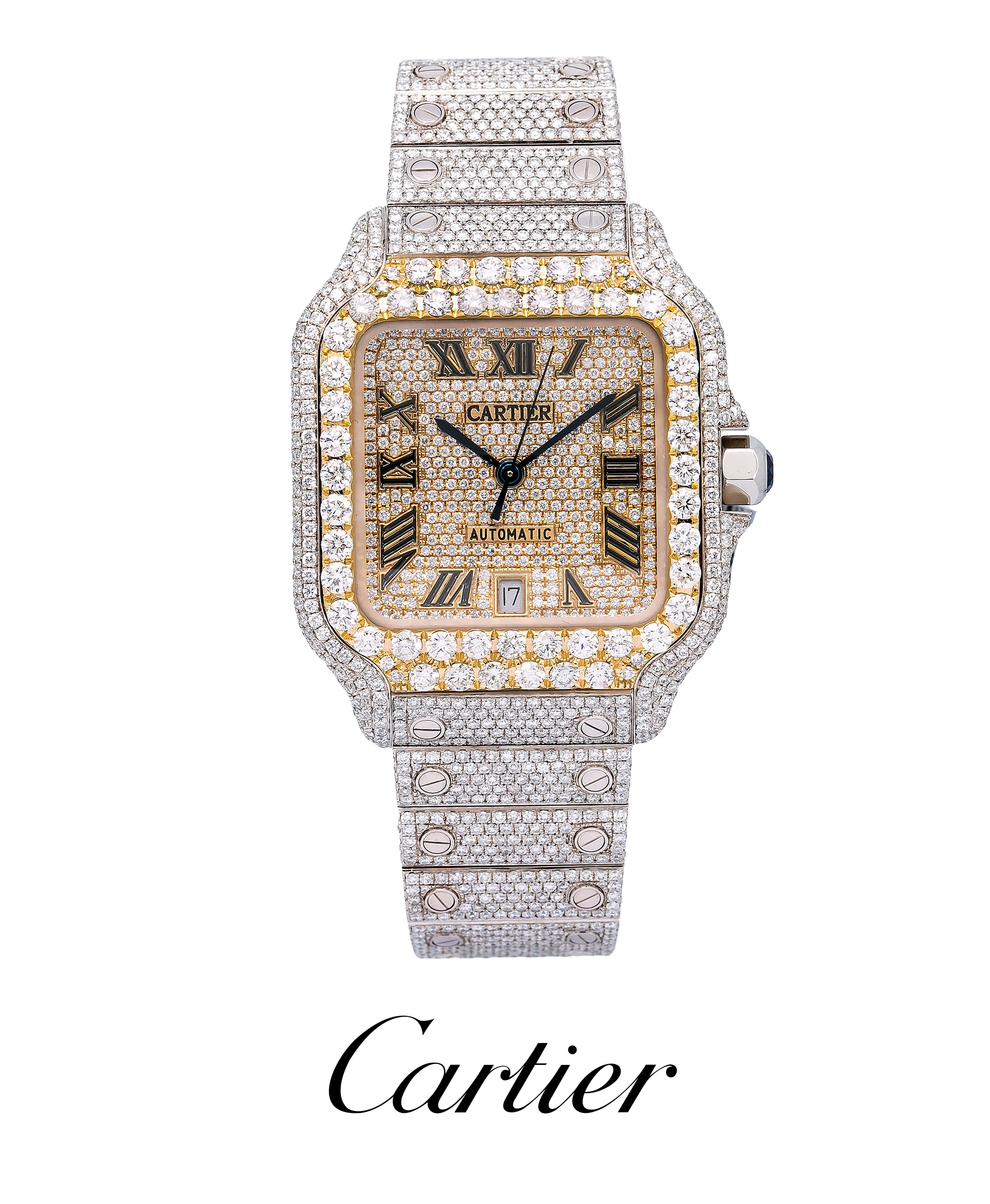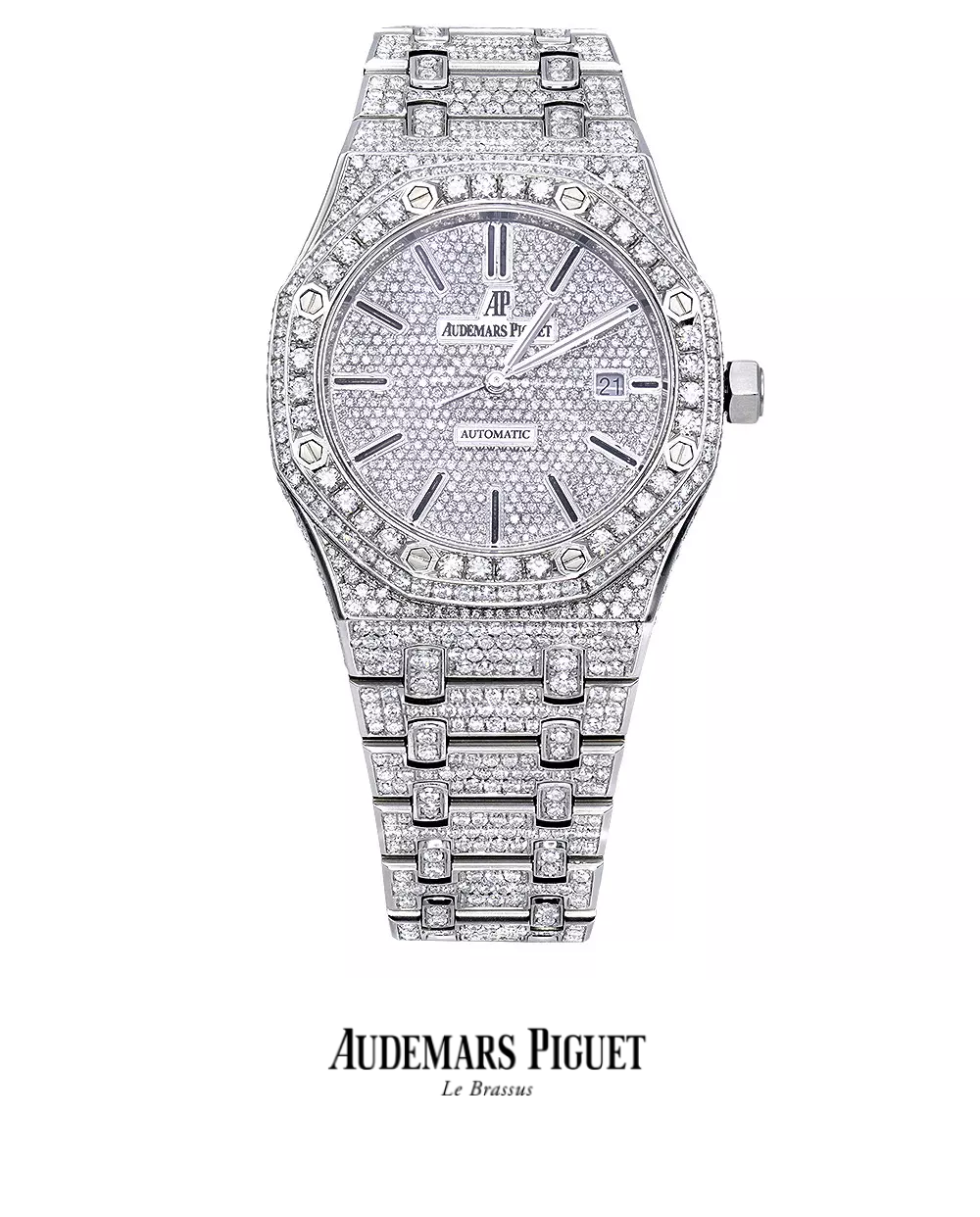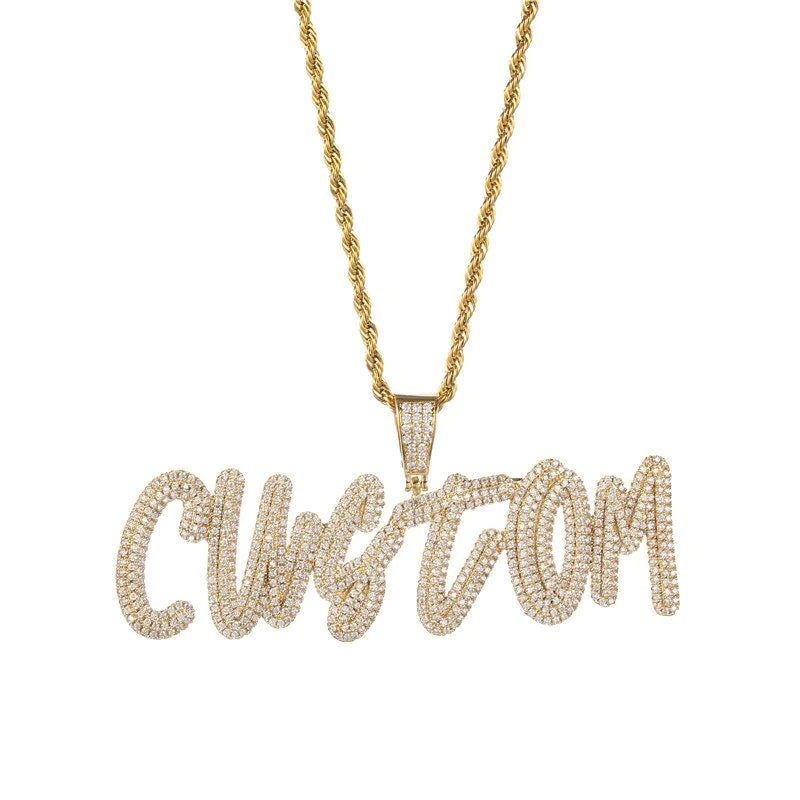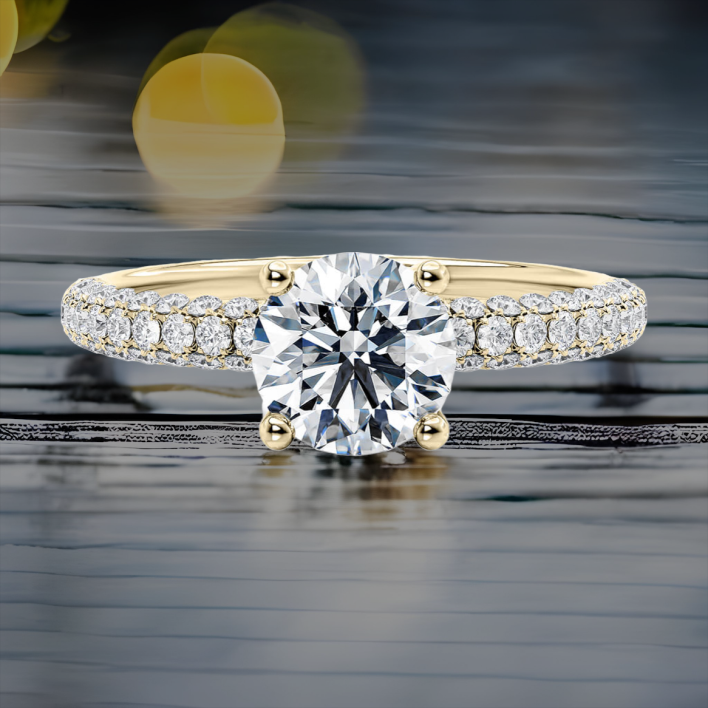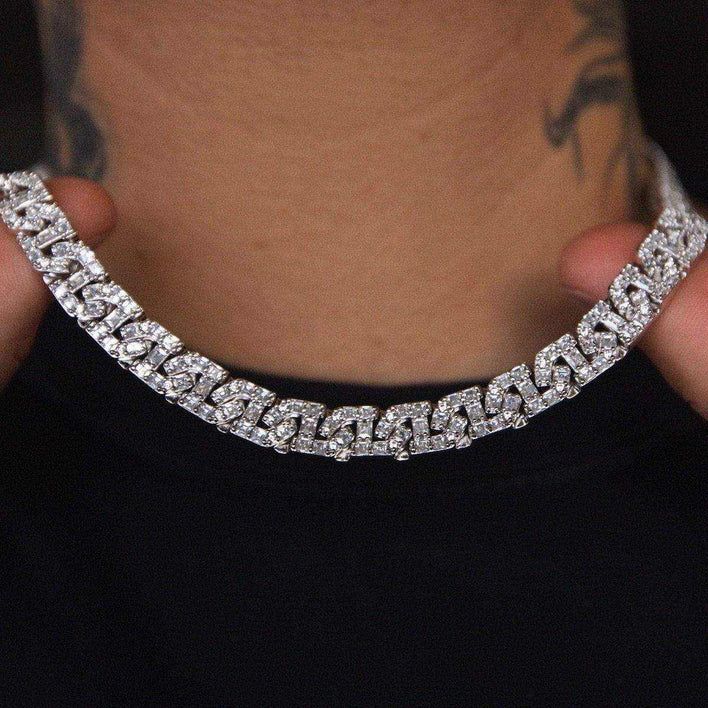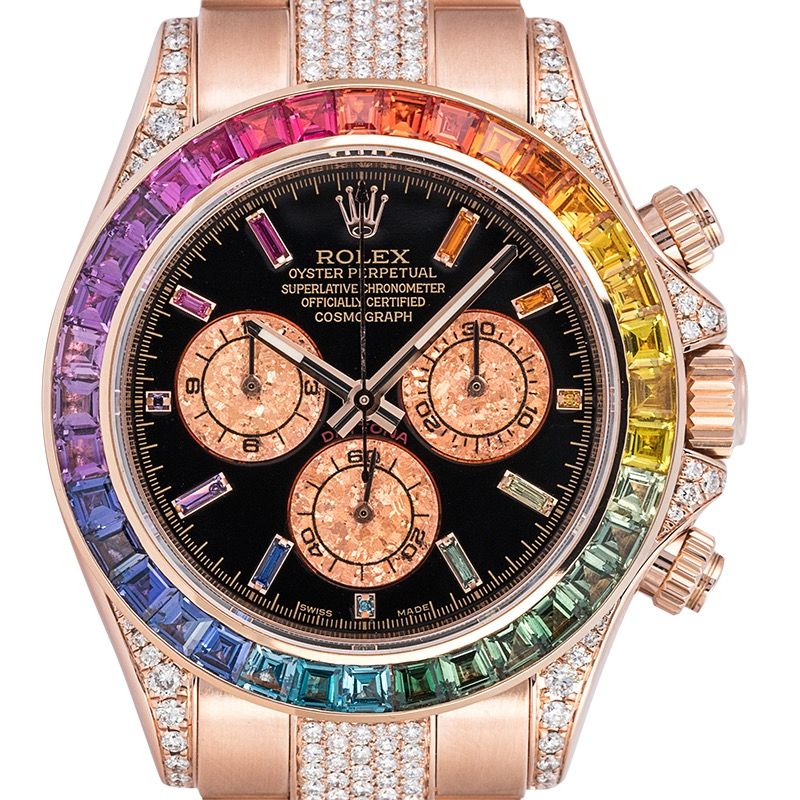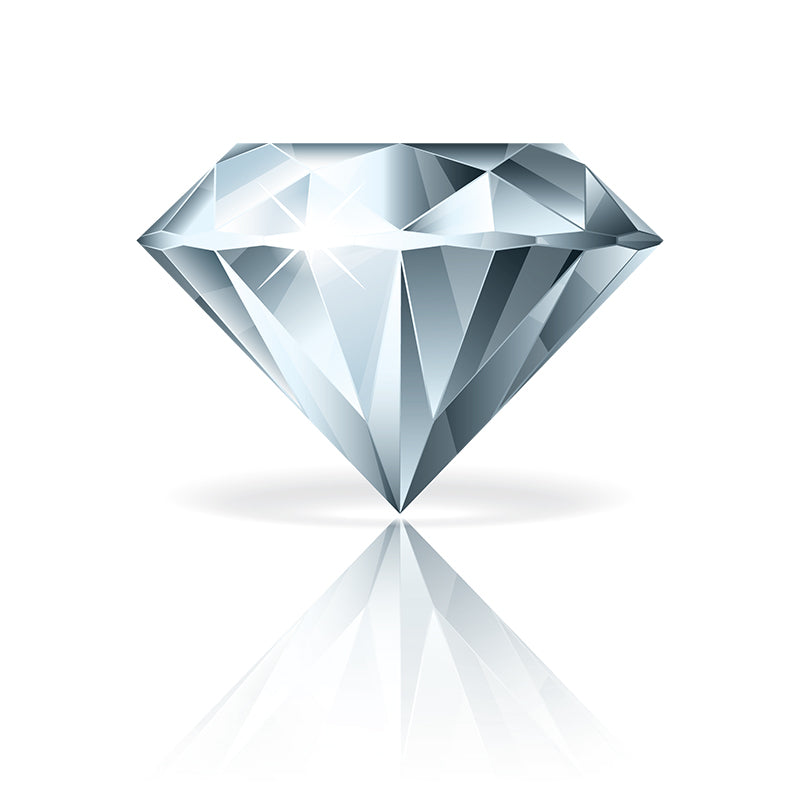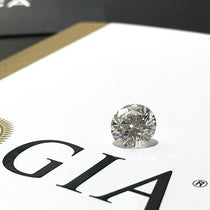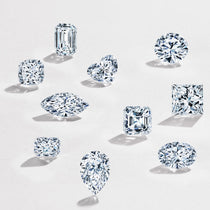The Science Behind Diamond Hardness: Why Are Diamonds Hard?
Diamonds are well-known not only for their stunning appearance but also for their incredible durability. Over the years, these diamonds have fascinated people wherever they have been worn, from royal jewellery to symbols of eternal love. But what is it about diamonds that makes them so challenging? What makes them so resistant to damage from even the most potent materials?
Diamonds are unique among minerals because they are made entirely of carbon atoms organised in a crystal lattice. Diamonds are so tough because of their unique atomic structure. Diamonds have attracted humanity for millennia because of their remarkable qualities, including the ability to cut glass, weather extremes, and survive the test of time.
Here, we will explore the topic of diamond hardness to learn more about this incredible material and how it achieves its extraordinary strength. Get ready to learn the fantastic science underlying the diamond's eternal fascination, and your respect for these rare Earth gems will soar.
What Makes a Diamond Hard?
A substance's "hardness" refers to its capacity to withstand damage from scratching or indentation. Many believe the diamond is the hardest naturally occurring material on Earth due to its extreme hardness compared to other minerals and gemstones.
But why is a diamond so tough, exactly?
The Mohs scale classifies minerals from softest to most complex, with ten being the hardest. The Mohs scale is a recognized method for comparing the scratch resistance of various materials. With a perfect score of 10, diamond is the most rigid material on this list.
Diamonds' extraordinary hardness comes from their one-of-a-kind atomic structure. A diamond's solid and rigid three-dimensional crystal lattice structure results from each carbon atom bonding with the four nearest neighbours. Diamonds' famed strength and durability come from the extraordinarily stable network created by these connections.
The Dazzling Crystal Matrix of Diamonds:
The exceptional hardness of diamonds is due to their distinct crystal structure. It is due to the organised arrangement of carbon atoms within the gem.
1. Atomic Arrangement:
Each carbon atom in a diamond forms a tetrahedral shape with its three neighbours. This configuration includes a three-dimensional lattice structure from bound carbon atoms. Due to the network of carbon atoms formed by this arrangement, diamonds are very stiff and resistant to deformation.
The arrangement of carbon atoms in a diamond's crystal structure determines its optical properties. Diamonds are known for their bright brilliance and fire because of the crystal's tight lattice and homogeneity, which enable light to enter and flow through with minimum scattering.
2. Covalent Bonds:
Covalent bonds are very stable because electrons are shared between atoms nearby.
Diamonds have extraordinary covalent bond strength. The resultant lattice is stable and compact because each carbon atom shares four valence electrons with its neighbours.
Diamonds' extraordinary qualities stem from the covalent connections between their carbon atoms. These connections lock the atoms in place, making it impossible to disturb the crystal lattice. Because of this, diamonds are very tough and resistant to scratching and indentation.
Carbon's Elemental Mastery: Unleashing the Power of Diamonds
Diamonds owe much of their great makeup and durability to carbon, a ubiquitous and versatile element.
The Strength of Covalent Bonds in Diamonds:
The exchange of electrons between atoms in a covalent bond creates a highly connected and durable structure.
- Covalent bonding between carbon atoms is powerful because of carbon's propensity to develop stable bonds with itself.
- Because of how their atoms get arranged, diamonds are very tough because they have a closed system. Diamond's resilience to extreme pressure and scratching is mainly due to the carbon-carbon bonds' high strength.
- Diamonds can preserve their lustre and beauty throughout time because carbon-carbon bonds are resistant to chemical reactions and destruction.
- Carbon's ability to create intricate and sturdy designs makes it the fundamental ingredient in numerous substances, including diamonds. The creation of diamonds occurs when multiple carbon atoms bond to form a crystal lattice structure.
Carbon's Versatility: From Diamonds to Graphite and Fullerenes!
Graphite and fullerenes are two examples of carbon-based materials that resemble diamonds but have distinct structures and characteristics due to carbon's malleability. The arrangement of carbon atoms in these materials differs, giving rise to subtle but significant differences in hardness, conductivity, and other properties.
The Hardness of Diamonds Unleashed by Extreme Pressure and Temperature!
For diamonds to crystallise, the right circumstances must exist under the Earth's mantle, where the temperature and pressure are just right.
They emerge deep within the Earth through volcanic eruptions or other geological processes without losing their crystalline structure or exceptional hardness.
-
High Pressure:
The Earth's mantle produces diamonds at about 150 to 200 kilometres deep. Extreme pressure and heat are the norm in these zones. Pressure up to 50,000 times greater than sea level pressure, equivalent to 725,000 pounds per square inch (PSI), exposes materials with high carbon content.
High pressure squeezes carbon atoms together tightly, encouraging the creation of strong covalent bonds that define diamonds.
-
High Temperature:
Diamond creation also requires very high temperatures. The mantle may reach about 3,600 degrees Fahrenheit (nearly 2,000 Celsius). High temperatures cause carbon atoms to release their bonds and reorganise into a crystal structure, ultimately forming diamonds.
Diamond Cutting and Polishing
After being dug out of the ground, diamonds are given careful attention to detail in the cutting and polishing processes to ensure they shine brightly and look their best. However, due to their extreme hardness, dealing with diamonds is hardly a walk in the park.
Diamond cutters are highly trained artisans who utilise precision machinery to shape raw diamonds into polished jewels. Same like lab grown diamonds.
- The first stage is the cutter carefully considering the natural diamond's form, size, and inclusions to select the kind of cut that would bring forth its full brilliance.
- The next step is the actual cutting. To split or sew the raw diamond into smaller pieces, diamond cutters employ conventional and contemporary instruments, such as diamond saws and laser cutting devices.
- Diamonds are cut and polished by experts using diamond-tipped instruments and abrasive compounds. Because of their extreme hardness, diamonds can only be successfully cut and shaped by other diamonds.
Practical Applications of Diamond Hardness
Diamonds are not only stunning but also very desirable for use in jewellery due to their extraordinary hardness.
As a result of their exceptional toughness and resistance to wear, diamonds have found a wide range of services in various fields and daily life. Let's look at the real-world applications of diamonds' incredible hardness.
Drilling and Sawing for Industrial Use:
Diamonds are tough, making them useful for various industrial cutting, drilling, and grinding tasks. Saw blades and drill bits with diamond tips may easily slice through stone, concrete, and metal.
Diamonds' high hardness and strength make them ideal for cutting, which in turn helps the manufacturing sector shape and construct materials with greater ease.
Wear-Resistant Paints:
Abrasive coats exploit the diamond's strength by sticking tiny diamond bits to tools like cutting wheels and sandpaper.
The coatings' high abrasion resistance enables efficient and accurate material removal and surface cleaning. Since diamonds are so hard, their usage in these abrasive tools ensures they will last a long time and perform well.
Semiconductors and Electronics:
Diamonds are essential in the electrical industry because of their resilience and resistance to heat and chemicals. High-powered electronics often use diamonds as heat sinks because of their exceptional ability to dissipate heat.
Diamond's high electrical insulation makes it a promising material for improving the reliability and lifetime of semiconductors.
Diamond Jewellery:
Because of their extreme hardness, diamonds last forever in jewellery. Diamonds are more durable than other gemstones and resist wear, scratching, and chipping.
Because of this, they are perfect for use in rings symbolising everlasting love, such as engagement and wedding bands.
Frequently Asked Questions
Why are diamonds so hard?
Diamonds' distinct atomic structure accounts for their hardness. The tetrahedral bonding of each carbon atom in diamond results in a rugged three-dimensional lattice structure that gives it exceptional toughness.
How does diamond hardness compare to other materials?
The hardest known naturally occurring substance is diamond, which receives a perfect 10 on the Mohs scale of mineral hardness. It outperforms more widely used materials like quartz or steel in terms of hardness.
What gives diamonds exceptional durability?
The remarkable strength of the carbon-carbon bonds inside the crystal lattice of diamonds is principally responsible for their exceptional durability. The diamond must be broken or scratched with a lot of force due to the strength of the covalent bonds.
Can diamonds be scratched or damaged?
Despite being the toughest substance known to man, diamonds can be harmed or scratched by other diamonds or specific abrasives. Diamonds can also break if they are subjected to very strong forces or direct, precise hits.
Is diamond hardness the same as diamond toughness?
No, toughness and hardness are two distinct qualities. While a material's toughness relates to its capacity to endure fractures or breaking, its hardness refers to its resistance to scuffing or indentation. Diamonds are exceptionally tough and rigid, which adds to their overall longevity.
Conclusion:
Diamonds are unique among gems because of their extreme hardness. On the Mohs scale, diamonds register a perfect 10. It makes them the hardest naturally occurring substances.
Their robustness and durability make them ideal for drilling, grinding, and sawing in manufacturing.
Diamonds are the most rigid material on Earth. Therefore, diamond jewellery can last for many generations without showing any signs of damage or wear. Since indestructible diamonds are the most expensive diamonds, jewels command the highest prices.




